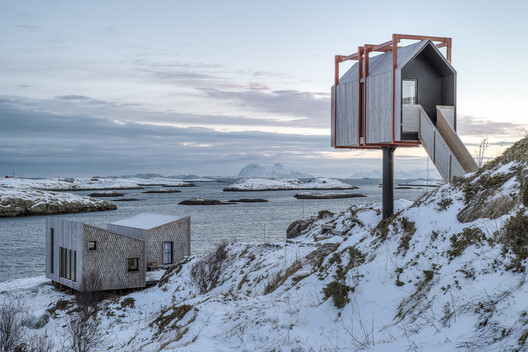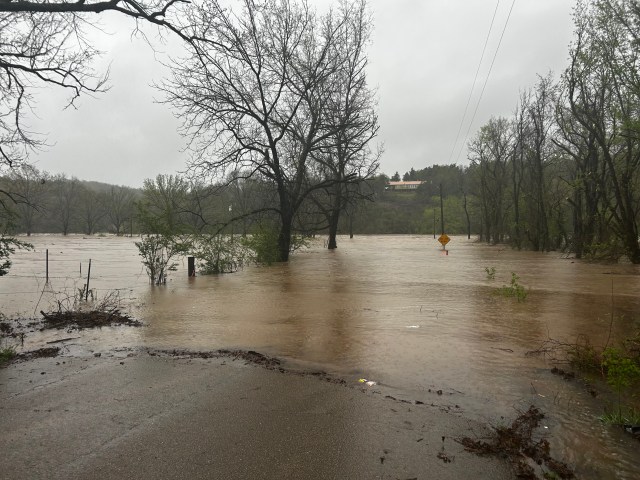Ground Breaking: How Nature Reshapes the Future of Architectural Foundations

In the face of rising environmental challenges, architects are pioneering innovative design strategies that elevate both literal and metaphorical foundations. Elevated foundations have emerged as a critical solution for creating resilient structures that can withstand increasingly unpredictable climate conditions.
Modern architectural approaches transform traditional building techniques by lifting structures above potential flood zones, unstable ground, and environmental risks. These ingenious designs not only provide critical protection but also open up exciting new possibilities for creative spatial planning.
By strategically raising buildings, architects can mitigate risks from rising sea levels, flooding, and unstable terrain. Elevated foundations create a buffer zone that allows structures to adapt to changing environmental conditions while maintaining structural integrity. This approach goes beyond mere survival—it represents a forward-thinking response to climate uncertainty.
Innovative materials and engineering techniques now enable architects to design elevated foundations that are both functional and aesthetically striking. From stilted beach houses to urban buildings with open ground levels, these designs demonstrate how safety and creativity can coexist harmoniously.
As climate challenges continue to evolve, elevated foundations stand as a testament to human ingenuity—proving that architectural design can be both a shield against environmental threats and a canvas for groundbreaking innovation.








